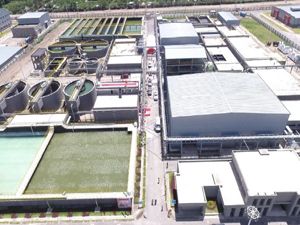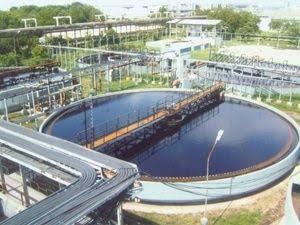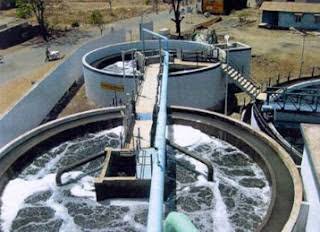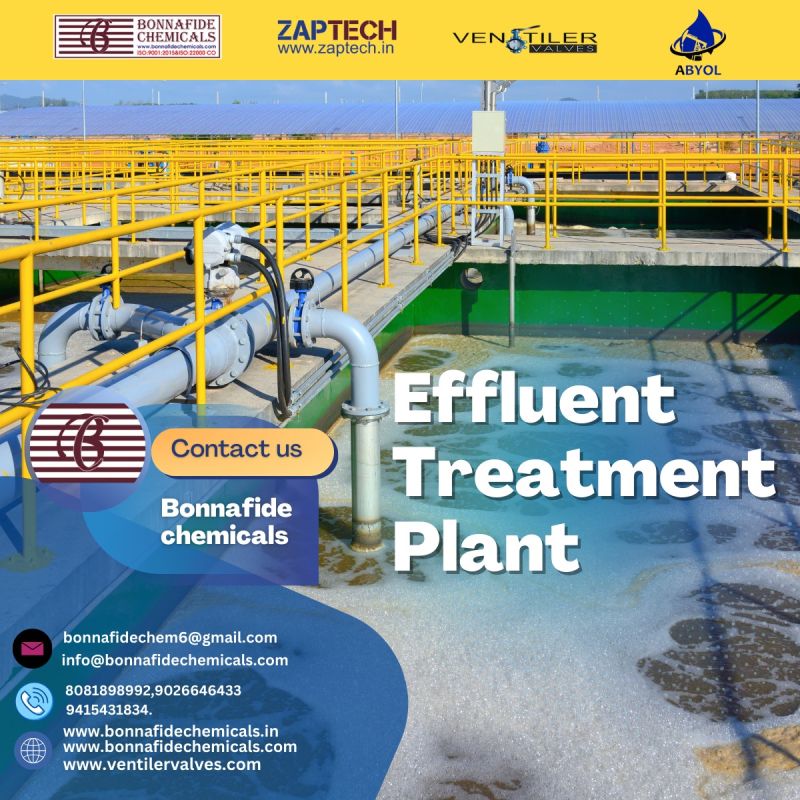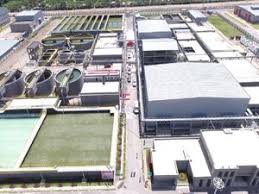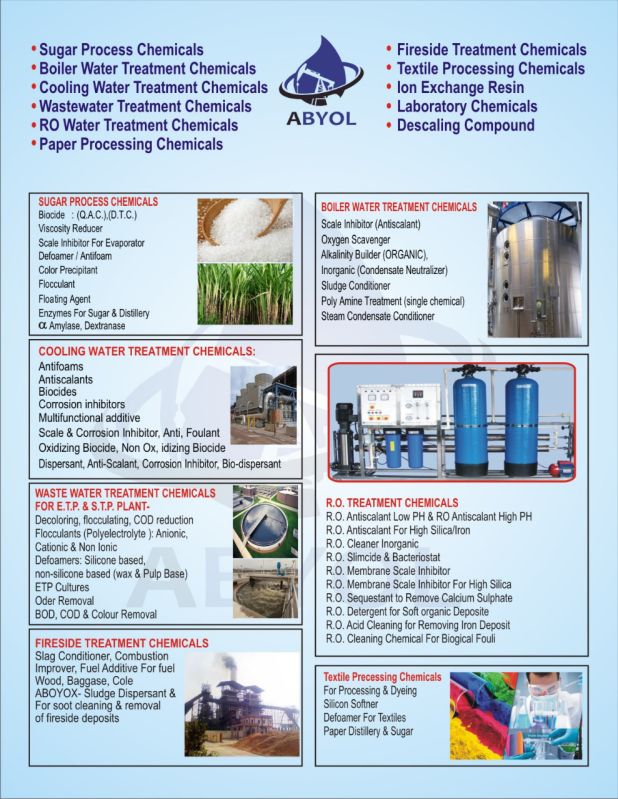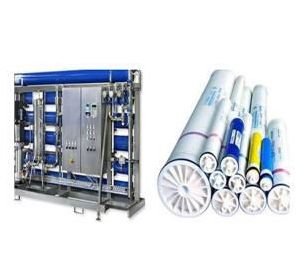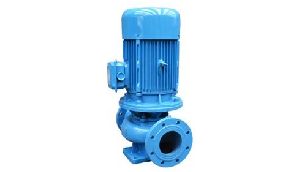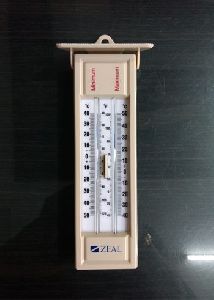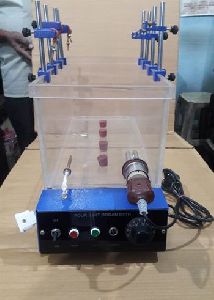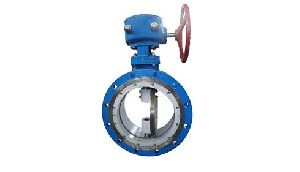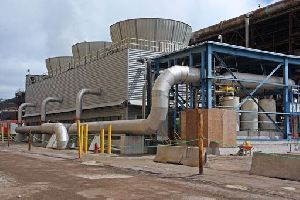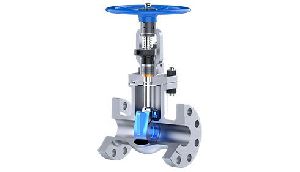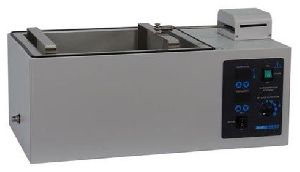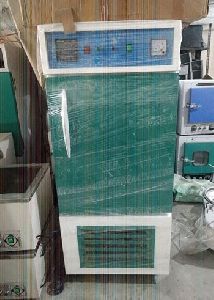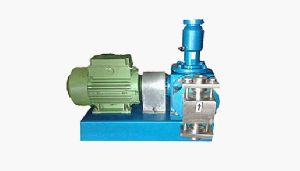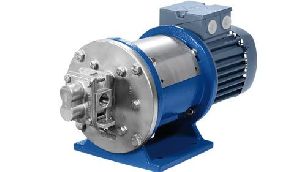Mobile : View Mobile Number
- GST No. 09BGNPS4001H2Z9
- Send SMS
- Send Email
| Business Type | Supplier |
| Type | Effluent Treatment Plant |
| Material | Various Materials Including Stainless Steel, Concrete, And Plastic |
| Color | Multicolor |
| Click to view more | |
Product Details
Effluent is generated in many manufacturing industries like textile, pharmaceuticals and chemicals, tanneries etc. Contaminated water cannot be released without treatment as it contains toxic and non-toxic chemicals. Releasing it may cause contamination of the existing pure water and will affect the environment. As a result ETP’s are installed in most manufacturing industries. The Effluent treatment plants (ETP) are used for the removal of high amounts of organic compounds, debris, dirt, grit, pollution, toxic, non-toxic materials and polymers etc. from industrial effluent. The ETP plants use evaporation and drying methods and other auxiliary techniques such as centrifuging, filtration , incineration for chemical processing and effluent treatment.
ETP Plant Operation
- Screen Chamber : This chamber removes relatively large solid to avoid abrasion of mechanical equipment and clogging of hydraulic system.
- Collection Tank : The collection tank collects the effluent water from the screening chamber, stores and then pumps it to the equalization tank.
Equalization Tank
- The effluents do not have similar concentration at all the time; the pH will vary time to time.
- Effluents are stored for up to 8 to 12 hours in an equalization tank resulting in the homogenous mixing of effluents and helping in neutralization.
- Continuous mixing also eliminates settling of solids within the equalization tank.
Reduces SS, TSS.
Flash mixer:- Coagulants are added to the effluents
- Lime:(800-1000 ppm) To correct the pH upto8-9
- Alum: (200-300 ppm) To remove colour
- Poly electrolyte : ( 0.2 ppm) to settle the suspended matters and reduce SS, TSS.
- The addition of the above chemicals by efficient rapid mixing facilitates homogeneous combination of flocculates to produce micro flocs.
Clarriflocculator
- In the clarriflocculator the water is circulated continuously by a stirrer.
- Flocculation provides slow mixing that leads to the formation of macro flocs, which then settles in the clarifier zone.
- Overflowing water goes out to the aeration tank.
- The solid particles settle down, and are collected separately; this reduces SS, TSS.
- The settled solids i.e. primary sludge is pumped into sludge drying beds.
Aeration Tank
- The effluent after clarification flows to an aeration tank for aerobic treatment.
- This tank is equipped with air blowers or diffusers using which air is passed through the tank.
- This air is required to maintain the desired dissolved oxygen (DO) level required for bacteria to grow and remove BOD and COD by breaking down the matter.
- BOD and COD values of effluent are reduced up to 90%.
Secondary Clarifier
- The overflow from aeration tank is led into the secondary clarifier where solid liquid separation takes place.
- The settled solids in secondary clarifier are called biological sludge, a part of which is recycled back into the aeration tank to maintain the desired MLSS level and remaining sludge is conveyed to sludge collection tank for further treatment.
- The outlet water quality is checked if it’s within the accepted.
- The treated water is disposed through pipelines.
Sludge Thickener
- The inlet sludge consists of 60% water + 40% solids.
- The effluent is passed through a centrifuge.
- Due to centrifugal action, the solids and liquids are separated.
- The sludge thickener reduces the water content in the effluent to 40% water + 60% solids.
- The effluent is then reprocessed and the sludge is collected at the bottom.
Drying Beds
Primary and secondary sludge is dried on the drying beds to further reduce the water content.
Looking for "Effluent Treatment Plant" ?
Explore More Products


